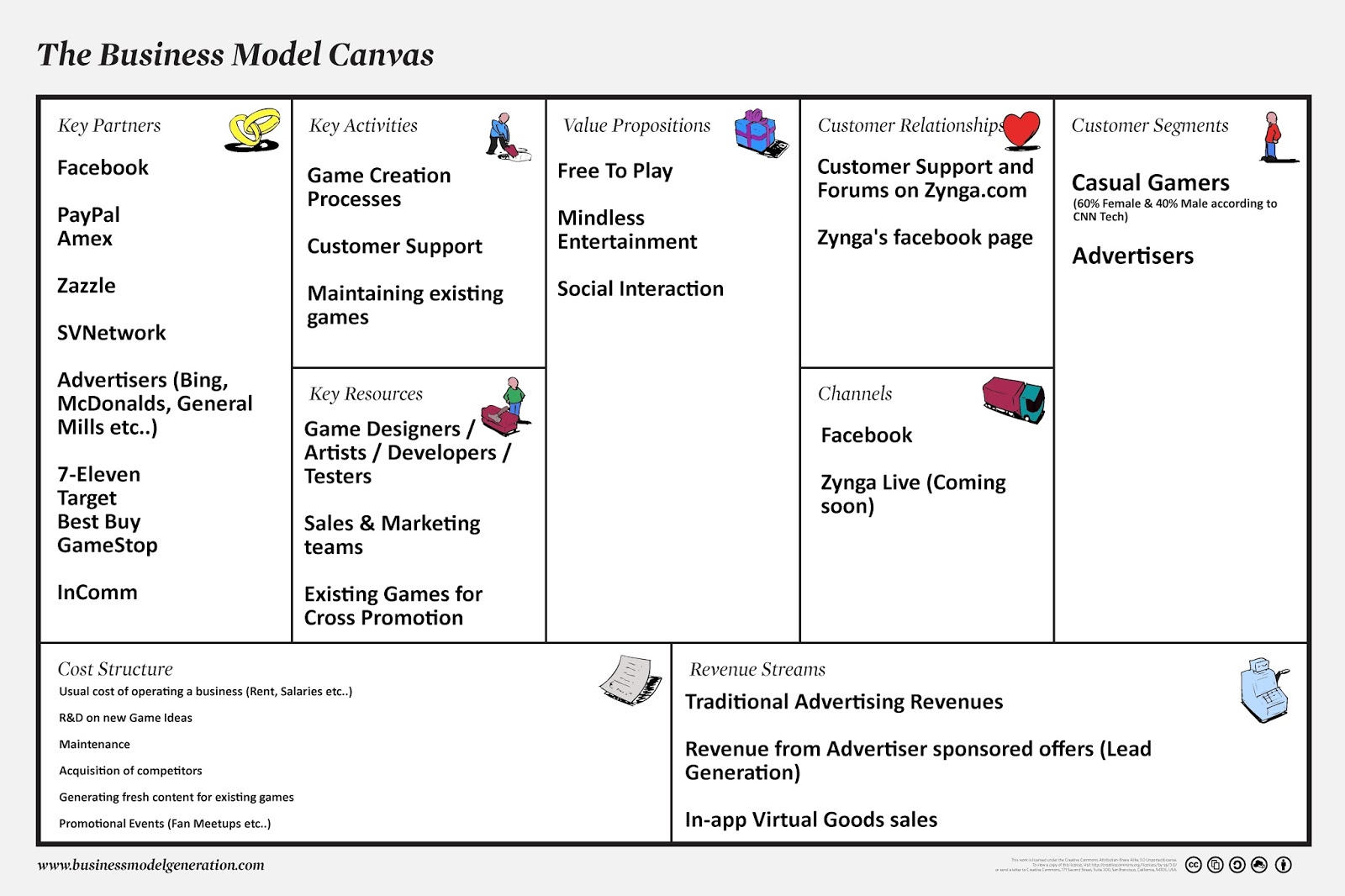
 Integrations: Is it easy to connect with other tools? Any pre-built integrations? Can it import documents from other software? Can it export documents in a variety of formats?. Are there low code options for non-technical users? Are their complex features open for customization by programmers? – Coding Specifications: How much, if any, complex coding is required for the software to be fully customizable and fully functionable. – Process Description Capture: Do the tools provide ways to explain process descriptions beyond text (like attachments, visual/presentation elements, videos)? Is it easy to update descriptions and notify those affected? – BPM Accounting & Financials: Do they offer solutions for navigating finances, budgets, invoices, billing, and other monetary processes? Are their solutions secure, reliable, and adequately customizable?
Integrations: Is it easy to connect with other tools? Any pre-built integrations? Can it import documents from other software? Can it export documents in a variety of formats?. Are there low code options for non-technical users? Are their complex features open for customization by programmers? – Coding Specifications: How much, if any, complex coding is required for the software to be fully customizable and fully functionable. – Process Description Capture: Do the tools provide ways to explain process descriptions beyond text (like attachments, visual/presentation elements, videos)? Is it easy to update descriptions and notify those affected? – BPM Accounting & Financials: Do they offer solutions for navigating finances, budgets, invoices, billing, and other monetary processes? Are their solutions secure, reliable, and adequately customizable? 
– Robust BPM Database: Do they have a powerful way to sort, store, organize, and search a BPM database of processes, procedures, and systems? Is it easy to add, remove, and edit processes stored in the database? Can you control permissions on different entries? Do they offer a process checklist?
Usability: Is it easy to learn and master? Does the company offer good tech support, user support, tutorials, and training?. User Interface (UI): Is it clean and attractive? Does the UX look and feel contemporary or antiquated?. What are we looking for when we select process mapping tools for review? Here’s a summary of my evaluation criteria: I will explain what process modeling software can do for you, outline my evaluation criteria for any BPM software, and provide a simple comparison of business process management tools. 
I’ll share with you some of my favorite BPM apps and highlight why/how each stands out.Īdditionally, I will answer some FAQs about BPM and adjacent processes.

In this post, I’ll break down what business process management (BPM) is and what tools we can use to better analyse and automate different systems. In project management, specifically, project managers can use BPM tools to help map out workflows and visualize processes that you use in your teams. Process models software can help you do just this. Taking stock of all the moving parts and doing your best to improve and automate some of them is the primary goal of BPM and BPA tools. This may include processes like manufacturing and distribution, HR and employee satisfaction, finances and payroll, web design and software upkeep, customer service systems, and more.Įvery business is made up of many, many moving parts. Business process documentation is meant to give you a complete view of the systems that make up, support, and control your business.








 0 kommentar(er)
0 kommentar(er)
